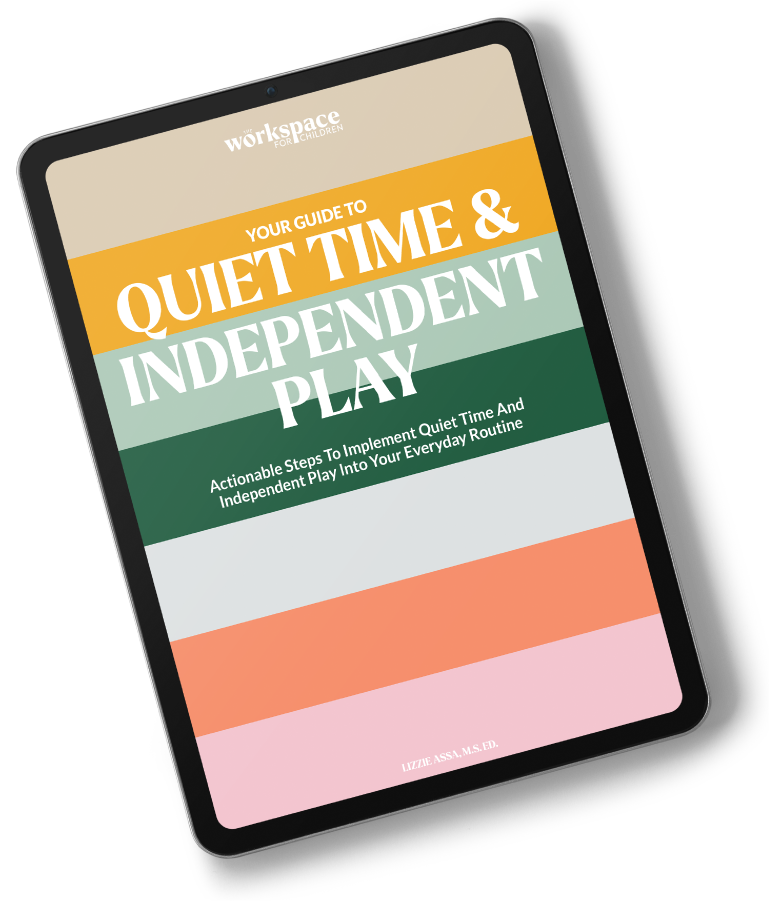Coping With Back to School Anxiety in January 2022
/IIn the best of times it’s NORMAL for your child to feel emotional going back to school after a long break. In 2022, almost all children are having a reaction to heading back to school after the break.
There are lots of valid reasons it might be hard for your child to go back to school this January. You may have already worked through this back in September when school started, but after an extended break of being home, separation anxiety often comes back.
Think of it kind of like the “Sunday Scaries” on steroids. Let’s be real, wouldn’t you rather stay in your PJs, eat leftover cookies and watch Netflix all day? They just had the kid version of that for two weeks. They’d rather play with their new toys and stay in jammies too.
Parents everywhere are faced with impossible choices regarding school this winter. Teachers everywhere are also faced with impossible choices. Your children can feel all of this anxiety. Even if you’ve been super careful, children are perceptive. They hear you on the phone with friends. They see how frustrated and scared you are.
FIVE WAYS TO HELP YOUR CHILD WITH BACK TO SCHOOL ANXIETY
Make a very simple calendar. Keep it very simple and show your child which days are home days and which days are school days. Have them put a sticker on the current day. Visual representations of school and home can be valuable even for very young children.
Think aloud about school. Don’t let it be out of sight out of mind. For example: “I wonder if (teacher’s name) is choosing what book they will read on the first day back.” Or, “When you see your teacher again will you wave or will you choose to give a high five?” “I wonder which activities will be out when you return to school. Will you choose playdough or blocks?” “Maybe your teacher put new materials on the shelf. I wonder what she chose.”
Offer lots of opportunities to play about school in the same way you did last September as you got ready for the start of school. Pull out that school bus toy and drive it over to the dollhouse, pretending it is the school. Go through the school drop-off routine while your child watches. Practice it a few times and let them participate or not. You are just offering an invitation to play and chat. (For more ideas like this don’t miss this resource.)
Does your child have a favorite toy or lovey that they’ve become attached to over the break? Let them bring it to school to ease the transition. If you are uncomfortable with that, take a photo or draw a picture of it and let them take that.
Listen to their uncomfortable feelings. You don’t have to solve them, you don’t have to pretend they don’t exist. Let your child express them. For example, when they are resisting the return to school listen and empathize. Instead of, “But you love school. You aren’t scared!!”, try “We have spent lots of time together on the home days. I am going to miss you too, but we can read your new books and have hot chocolate together after school.” Instead of, “No crying at drop off!” try, “We have been having so many home days that it might feel hard to remember how we used to say goodbye to one another at drop off time. Let’s practice with your dollies to help us remember.”
The best way we can help our children is to teach them to tolerate their feelings of anxiety, rather than try to make them go away. Having these conversation while are children are small lay the ground work for later in life.
Make sure you’re following along with The Workspace for Children community on Instagram! Click HERE to give me a follow and join the conversation.
X
Lizzie
SUBSCRIBE TO MY NEWSLETTER
Want To See More Blogs Like This One? Great! Check Out The Posts Below!
Check Out Our Ebooks!
THE PLAY PLAN
The Play Plan is an ebook containing play invitations that are easy to set up, inexpensive, and apply children of all ages. The 25 play prompts are divided into five categories and use items that you most likely already have at home. These play prompts consider children of all ages, all developmental stages, and all learning capabilities. Each prompt can be tailored to fit your unique child’s needs. Play is meant to be simple.
$28
QUIET TIME AND INDEPENDENT PLAY EBOOK
This downloadable ebook is your personal guide to Quiet Time and Independent Play. This ebook will teach you the basic steps to implementing a Quiet Time and Independent Play strategy that works. The guide teaches you my proven 5 step method for implementing a daily break without using screens. (Guide includes 5 bonus invitations to play.)
$27










How to handle transitioning back to school and all of the emotions that come along with it.